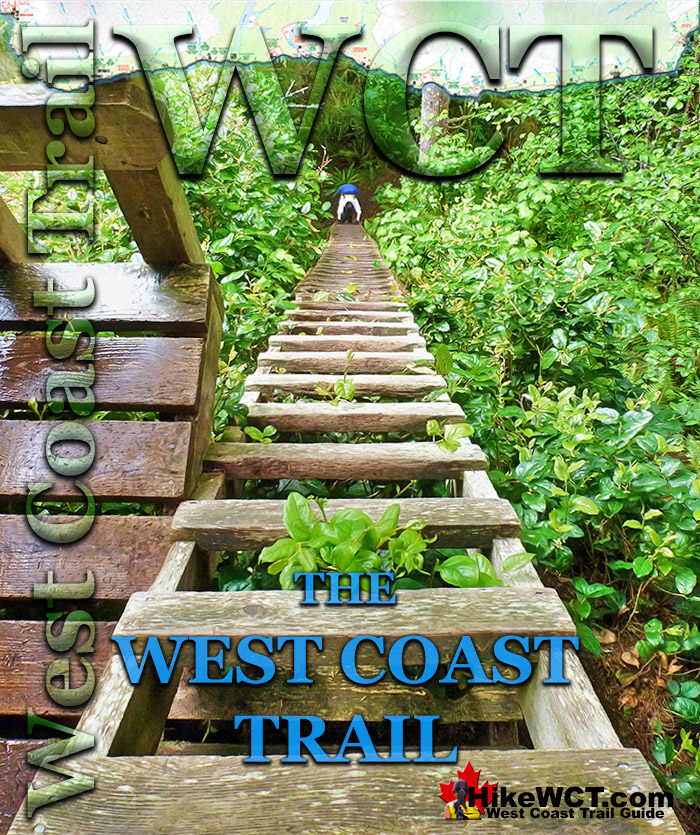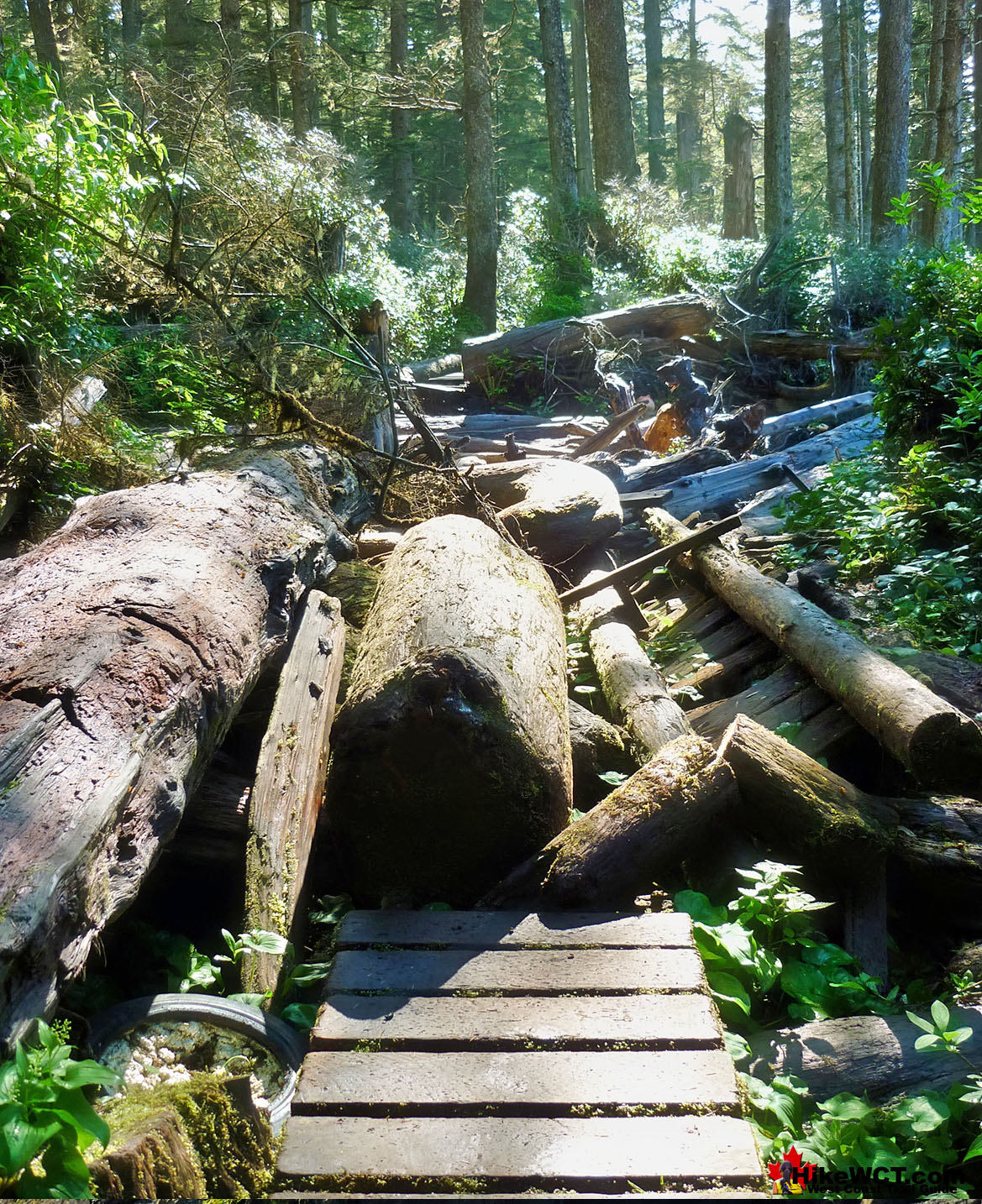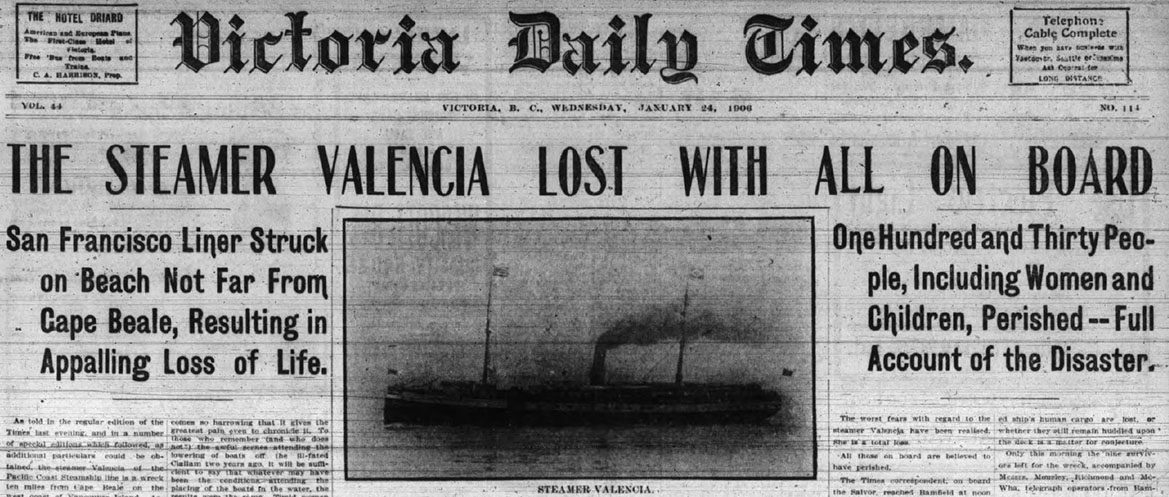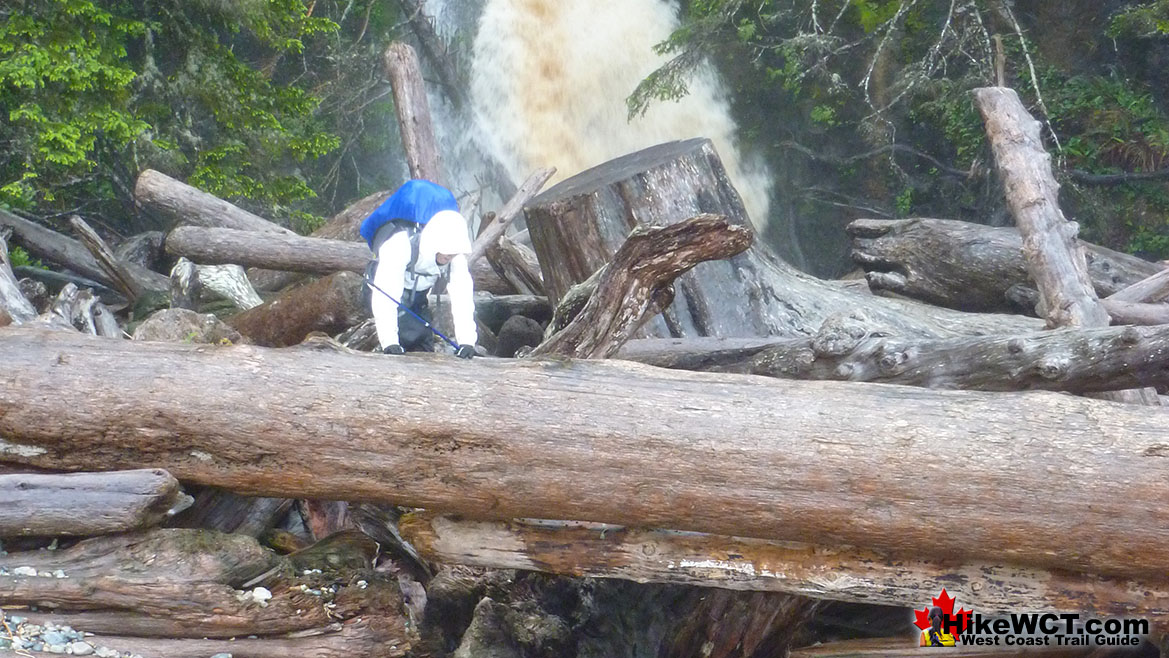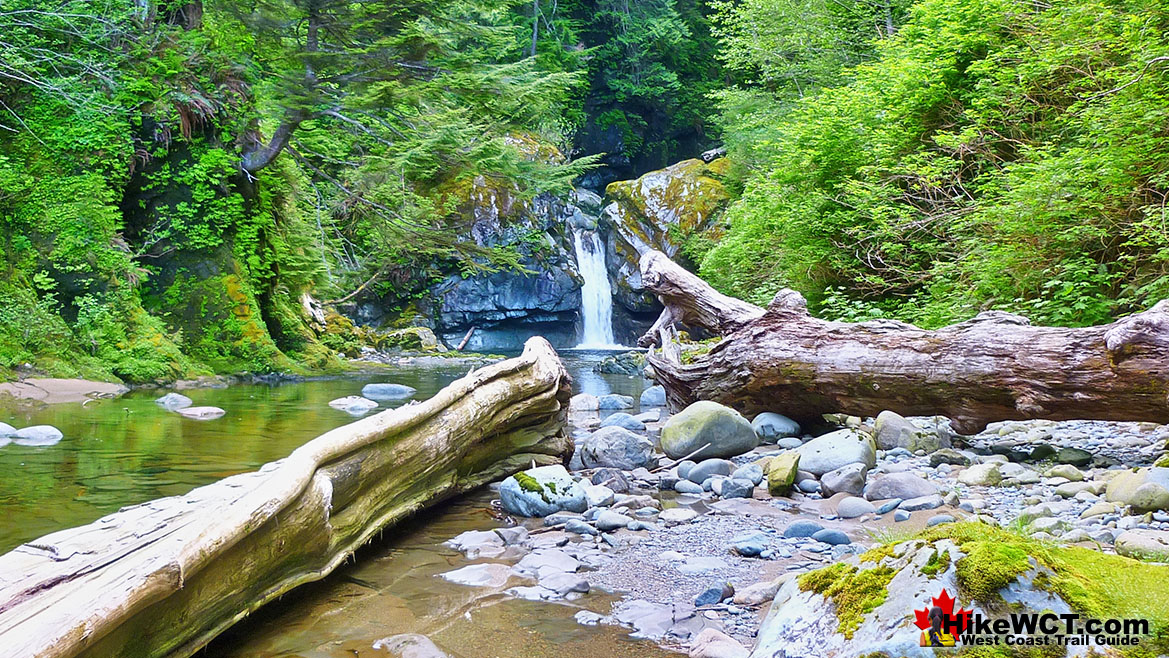![]() The West Coast Trail is incredible. Everything about it is amazing. From the wildly, incomprehensibly enormous trees to endless jaw dropping views. And it's tough. Very tough. It is a trail that shouldn't exist. Hiking trails always form out of the easiest route worn down over the years to some worthwhile destination. The West Coast Trail evolved out of the need to get shipwreck survivors out of this this otherwise beautiful place.
The West Coast Trail is incredible. Everything about it is amazing. From the wildly, incomprehensibly enormous trees to endless jaw dropping views. And it's tough. Very tough. It is a trail that shouldn't exist. Hiking trails always form out of the easiest route worn down over the years to some worthwhile destination. The West Coast Trail evolved out of the need to get shipwreck survivors out of this this otherwise beautiful place.
 Prologue
Prologue Chapter 1: The West Coast Trail
Chapter 1: The West Coast Trail Chapter 2: When to Hike & Fees
Chapter 2: When to Hike & Fees Chapter 3: Trailheads
Chapter 3: Trailheads Chapter 4: Getting There
Chapter 4: Getting There Chapter 5: Considerations
Chapter 5: Considerations Chapter 6: Campsites
Chapter 6: Campsites Chapter 7: Shipwrecks
Chapter 7: Shipwrecks Chapter 8: Routes
Chapter 8: Routes Chapter 9: Sights & Highlights
Chapter 9: Sights & Highlights
The West Coast Trail was formed out of necessity and the route today is the only route realistically possible along this tangle of rainforest over brutally changing terrain. Flanked by steep cliffs on one side and the Graveyard of the Pacific on the other the route evolved where it shouldn't have. Who would plow a trail through such impenetrable wilderness unless absolutely necessary.
Always wet, always up and down, hundreds of rivers, creeks, canyons, fallen trees and lots and lots of ladders. Even with all the construction of suspension bridges, cable car crossing and ladders it's brutal. And yearly, winter storms blast down monstrously huge trees and leave them sprawling across the trail.
The West Coast Trail's difficulty can be measured by its relatively short length of 75 kilometres yet it takes 5-7 days to complete. This is for two wonderful, spectacular and telling reasons. First, the trail's length is misleading as it doesn't take into account the thousands of zig-zags along the route. Both left and right as well as up and down. It is a jigsaw of a trail, up and down over endless chasms tangled with rainforest. Does that 75km take into account the 50 foot ladders? It just takes a long time to snake through and you quickly discover that 2 kilometres on the map shows as 4.8 kilometres on your gps! Added to that your pace is bogged down by whole sections of mud, crawling under and over fallen trees, and of course pausing almost every 5 minutes to soak in a sensational view.
Wildly Beautiful West Coast Trail
Even the wrecked sections of trail become a thing of wonder and amusement. Often you stroll along an ancient, but lovely wooden boardwalk only to stop at a sizable length missing. A chunk of boardwalk a few metres long inexplicably missing. You stand at the end of the boardwalk and look across the gap which is a deep pool of mud with impenetrable jungle on either side. Then you spot it. On either side of the gap is a chainsawed end of an enormous tree that crashed down on the boardwalk during some winter storm a long time ago. You can tell it has been a few years because of the weathering of the two ends of the tree flanking the gap as well as the waterlogged and disintegrating pieces of this monster cut away. The tree was so massive that it sprang up when cut and the two ends are levered up to eye level with the weight of the length of tree that quickly disappears into the thick forest. Why haven't they fixed the boardwalk here? That thought crosses your mind a few times, until you pass a few more of these along the trail and realize that they must happen astonishingly often and repairing the damage takes a considerable amount of work. You would need an army of workers to keep on top of the needed repairs to the West Coast Trail. This of course is not realistic, and you slowly come to the conclusion that the trail is much more colourful and interesting with its smashed sections and constant reminders of the wild, destructive power of Vancouver Island's West Coast.
It takes a couple days on the West Coast Trail to grasp how wonderful it is. It's so beautiful. Wildly beautiful, and this is a phenomenon that the West Coast Trail is alive with. It's constantly changing at every glance. Everywhere you look you spot a work of art in the form of a splayed tree over a river valley or a sudden gap in the forest revealing the ocean a thousand feet below. A swirling morass of green water and white, swirling foam churned up by the waves crashing from the Pacific. This constantly changing terrain with endless views and obstacles alone would secure this hike as one of the worlds best. But there is another aspect that combined with its beauty, makes it what it is. The West Coast Trail. This is a characteristic that is seldom understood or explained for how wonderful it actually is. The harsh difficulty of the trail.
Brutally Beautiful West Coast Trail
The trail is brutal. It's invariably raining, so you are often soaking wet. This makes you soggy and crabby, tired and exhausted. The treacherous trail in this wet is muddy, slippery and requires your full attention at every step. This mesmerizes you as you hike. You focus completely on your next step and your mind relaxes into a meditative state. This is when it happens. You look up, catch a glance of what's around you, and it's marvellous. This is it. The West Coast Trail is a perfect combination of brutal difficulty, spectacular wildness and stunning natural beauty. Added to that you occasionally get a glimpse of history that carries you back in time. A piece of a shipwreck along the beach or a massive anchor left 150 years ago after the ship it came from succumbed to the Graveyard of the Pacific in some calamitous storm that smashed it here.
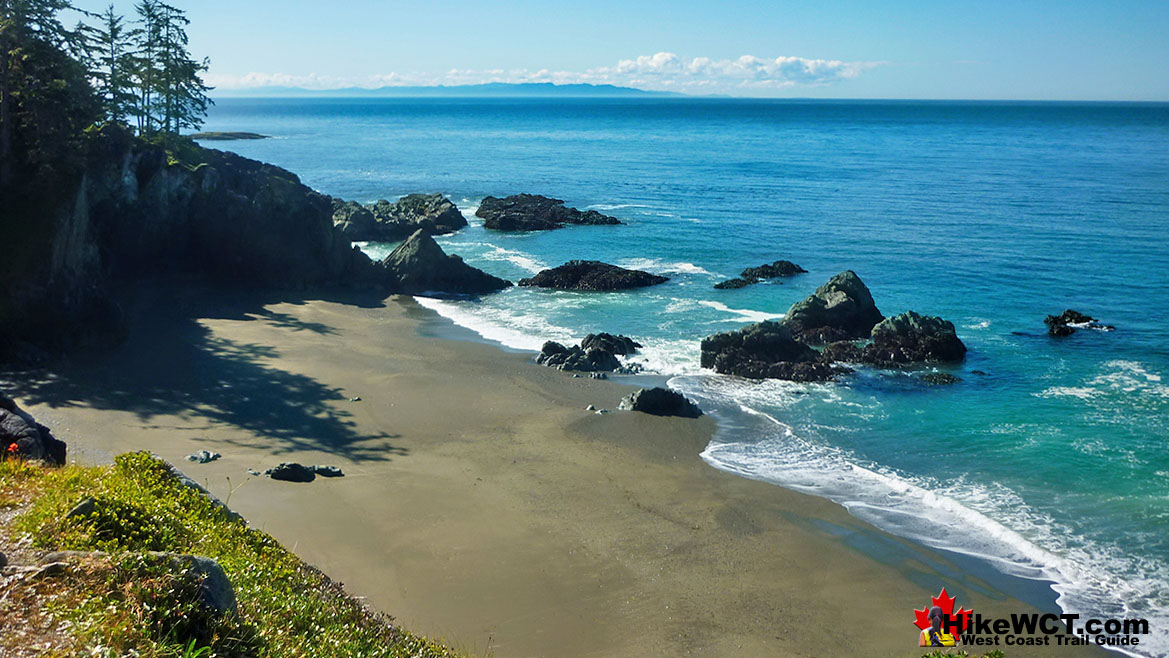
The Valencia Disaster and Becoming the West Coast Trail
The West Coast Trail has transitioned through a few different names over the last century. For a while it was the Dominion Life Saving Trail or the West Coast Lifesaving Trail and previous to that it simply the West Coast Telegraph Line. The trail originated out of necessity because of the enormous number of shipwrecks that gave this stretch of ocean its brutal name, the Graveyard of the Pacific. With more than 484 shipwrecks, this trail formed to facilitate survivors hiking reach help and rescuers hiking to help them. The extraordinarily tragic and brutal Valencia shipwreck in 1906 highlighted the desperate need for a maintained and functional trail along the desolate and near impassible West Coast of Vancouver Island.
Victoria Daily Times Valencia Headline January 24th, 1906
The Valencia Disaster
The Valencia disaster is a tragic set of events and circumstances that are horrific and astounding, yet few people know. The Valencia shipwreck was so shocking to the world that it set in motion the creation of what would eventually be the West Coast Trail. The shock to the world was not so much the number of lives lost, but the fact that so many deaths occurred after others made it ashore, or when ships arrived. The wonderful trail we see today with its ladders, bridges, boardwalks, cable cars and campsites was back then lacking all of these. The lucky few who managed to get ashore nearly all describe the forest along the coast as impenetrable. To grasp what Valencia survivors faced you have to imagine these modern images of the West Coast Trail without the bridge over the ravine, or the trail clearing pictured right. At the time of the Valencia disaster there was not even a defined trail to follow and ankle deep snow on the ground. Also, these recent pictures were taken in nice, summer weather, not the stormy, winter nightmare that the victims of the Valencia shipwreck faced.
R. Bruce Scott Forced the Creation of the West Coast Trail
It only became a recreational hiking trail in 1970 after years of public pressure. R. Bruce Scott in particular was the driving force behind the push to create the West Coast Trail. He moved to Bamfield in 1930 and was immersed in the wonderful history of the region and in particular the extraordinary shipwrecks that occurred along this stretch of the Graveyard of the Pacific. In 1960 he began researching and writing a shipwreck history of the coast which he hoped would encourage the creation of a park. In 1970 his book "Breakers Ahead!" was published and the West Coast National Park was created and today we call it the West Coast Trail which is part of Pacific Rim National Park. It's difficulty, once it's worst trait, now it's cherished and defining feature. It lies within the Pacific Rim National Park which represents and protects three beautiful, coastal lowland forests. Long Beach, the Broken Group Islands, and the West Coast Trail.
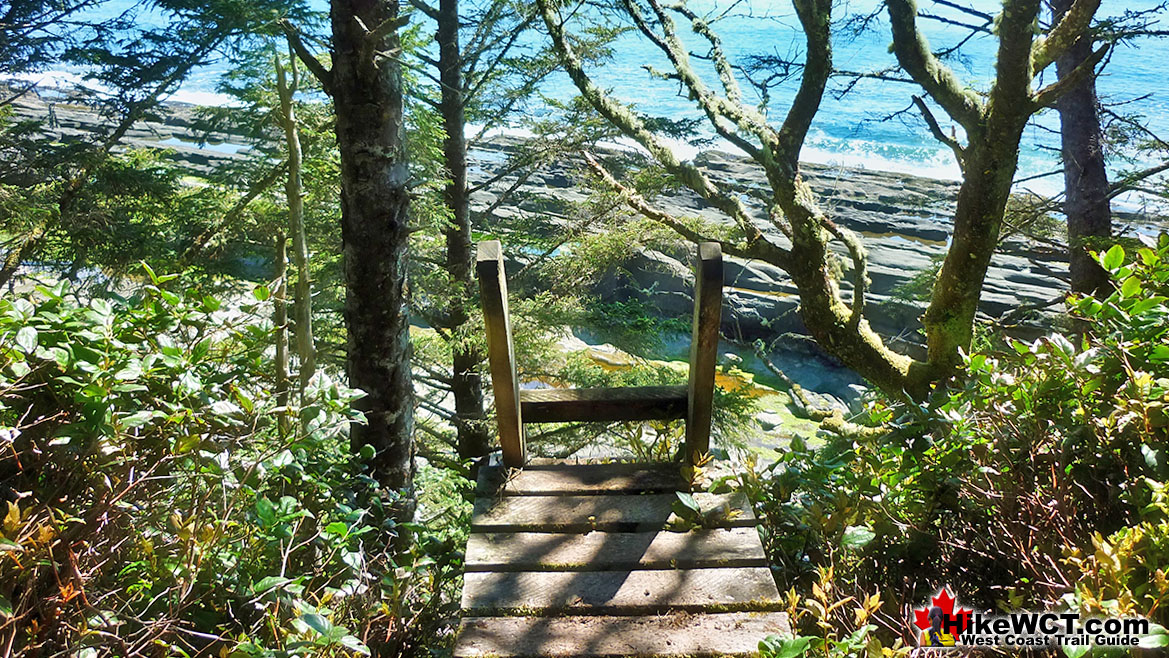
The Graveyard of the Pacific
When shipping in and out of Juan de Fuca Strait rapidly increased in the 1800's a startling number of ships were lost. There are a few reasons for this. First, the West Coast of Vancouver Island is a lee shore, which means that ships quickly drift toward the rocky coast of Vancouver Island and away from Juan de Fuca Strait. So with engine failure, or lack of wind in your sails, or simply stormy weather obscuring landmarks, ships will creep toward the dangerous coast. The second reason is far more obvious, especially to anyone that has encountered the brutally stormy winters along the West Coast. The storms are so bad that even today the West Coast Trail is closed from September to May. This isn't for any bureaucratic paranoia over safety. It's just too stormy. Too windy, too rainy, the horrible mud that bogs you down in the summer becomes close to impassible in the winter. It is so bad that the Tofino to Ucluelet region advertises storm watching to tourists in the winter months.
The Graveyard's Treacherous Current
The third reason is much less obvious and really quite sinister and malicious. The current. It moves north and in stormy weather ships move north fast, very fast. So fast as to throw off navigation considerably. Imagine you are the captain of a ship in a storm, approaching Juan de Fuca Strait in 1906, with your 1906 maps and navigational aids, unfamiliar with this coastline and far off course. Expecting at any moment to see the calm, sheltering waters of Juan de Fuca Strait, only to see the jagged teeth of the Vancouver Island, an instant before they rip into your ship. Your ship is several miles north of where you thought you were. In the next few hours your ship will be pounded to pieces by the relentless waves. Now, over a century later, you stumble along the beach halfway along the West Coast Trail and nearly trip over one of the anchors the Skagit, left after it disintegrated in 1906.

This is why the West Coast Trail is so spectacular. Sure it is brutally challenging, wild and dramatically different at every turn. But the fact that you can stumble upon an incredible artifact of history just laying on the beach for is something fantastic. Then to sit next to it, marvel at the huge, rusting mass and think of the rest of the ship, just a few metres away, hidden under the massive, crashing waves, on another wild West Coast Trail beach.
Yearly Injuries on the West Coast Trail
It is easy to focus on the positive aspects of the West Coast Trail and gloss over the dangers. Despite the short hiking season of less than five months, there are consistently over 300 injuries every year! Those injuries range from minor mishaps where the hiker manages to get out without help, to more serious injuries requiring emergency evacuation. Emergency evacuations generally range between 80 and 100 every season. Injuries are the result of several factors, including hiking in a rush, hiking too far or too late in the day. Groups should always be prepared for variations in speed and endurance within the group and try to keep speed and distance hiked in a day within the comfortable ability of all. In short, give yourself lots of time, take lots of breaks and be vigilant with every step.
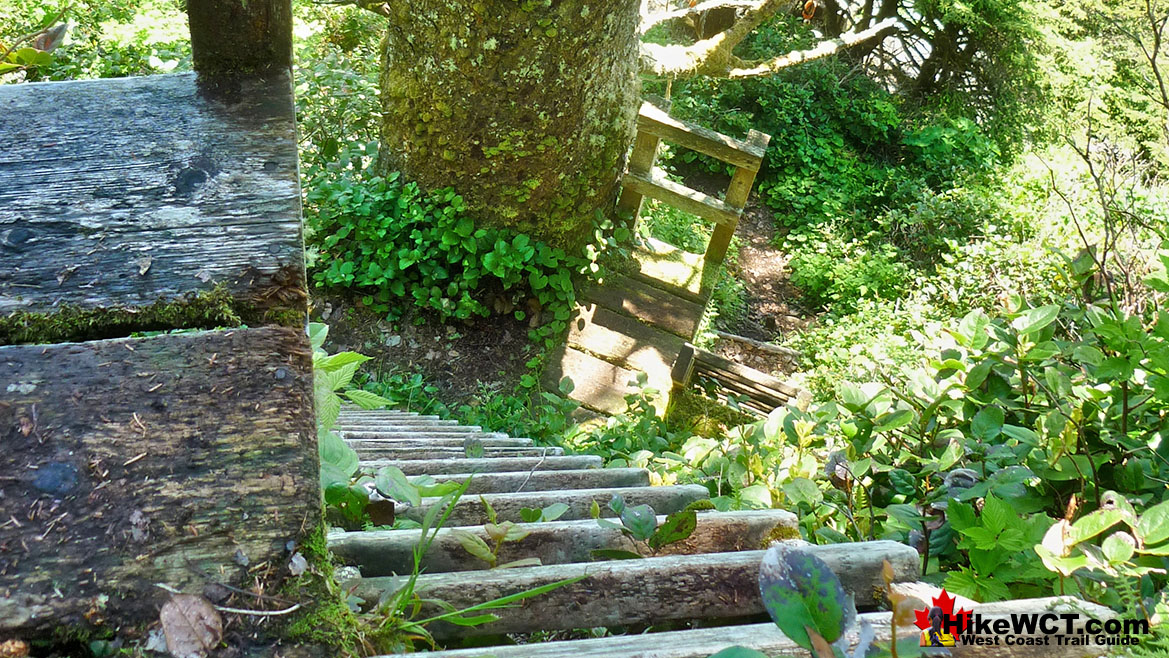
Injury Causes on the West Coast Trail
Frequently rainy weather and the dampness of the rainforest is a large contributor to West Coast Trail hiking accidents. Wooden ladders and boardwalks become very slippery when wet, and they are usually wet. Drop your guard for a moment on a boardwalk and your feet may slip out from under you and you come crashing down. Broken wrists, arms and ribs have resulted from this on the trail. The often slippery rock shelves along the ocean are another danger. Walking along the sand is tiring and slow as you sink in with every step, so walking the rock shelves are often preferred. This allows you to hike much faster, however the rocks are often slimy and slippery and you have to concentrate on every step to keep standing.
Wet and Wild West Coast Trail
The frequent rainy days bring another risk to hikers if they are not prepared. Hypothermia can set in if you don't stay dry, or at least warm. It is not unusual to see hikers in running shoes and jeans. With the almost constant battles with unavoidable mud on the trail you need waterproof, high cut hiking shoes, gaiters, waterproof pants and jacket. Even then you will still get quite wet on rainy days with knee deep mud and sweating from the exertion. It is hard to have fun on the West Coast Trail if you are soaked to the skin and shivering because you didn't bring the right clothes and footwear. The trail becomes an endurance test instead of a wonderfully scenic trek through the wilderness.
Cable Car Crossings on the West Coast Trail
The cable car crossings are another source of accidents on the West Coast Trail. The pulleys in particular are an accident waiting to happen. As you are moving across and distracted by the scenery it is possible to get a finger or your hair caught. The platforms at either end are raised up quite high and without railings where the car goes. A moments distraction could send you over the edge and ending your hike with an emergency helicopter ride. These platforms are frequently wet and slippery and as will ladders, you should always be cautious.
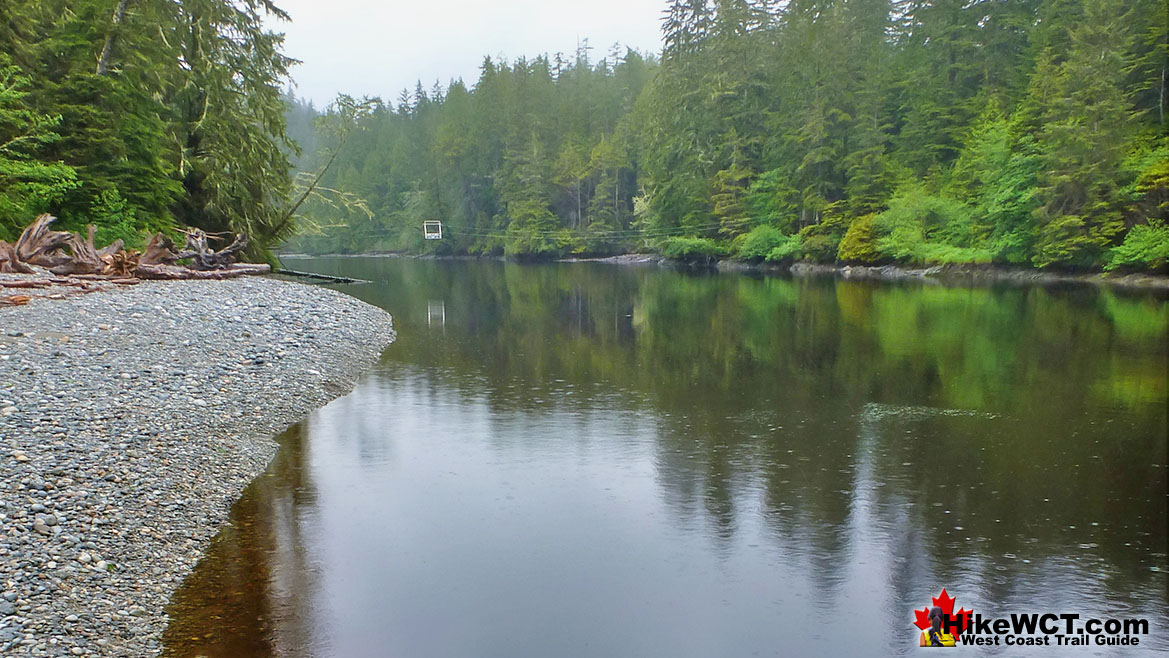
West Coast Trail's Dangerous High Tides
High tides are another source of danger on the West Coast Trail. Your orientation session before you start the trail will instruct you on the many hazards that tides present. Everyone also gets a tide table and map before they start. There are plenty of sections of the trail that are not passable during high tides. The main worry is not so much getting inconvenienced by the tide blocking your way, but rather getting trapped by rising water. This often results in a wet and freezing encounter with the ocean, or worse trapped on an exposed rock in ever rising waters. Whatever you do, you don't want to get caught by the tides as life threatening circumstances quickly follow.
The Amazing Logan Creek Crossing Old and New
For decades the massive chasm across Logan Creek was crossed by a massive network of ladders, stairs and a narrow bridge. One of the highlights of the trail due to its complexity and absurdly grand size. Sadly, most of it has been removed and replaced in 2021 with a massive new suspension bridge.
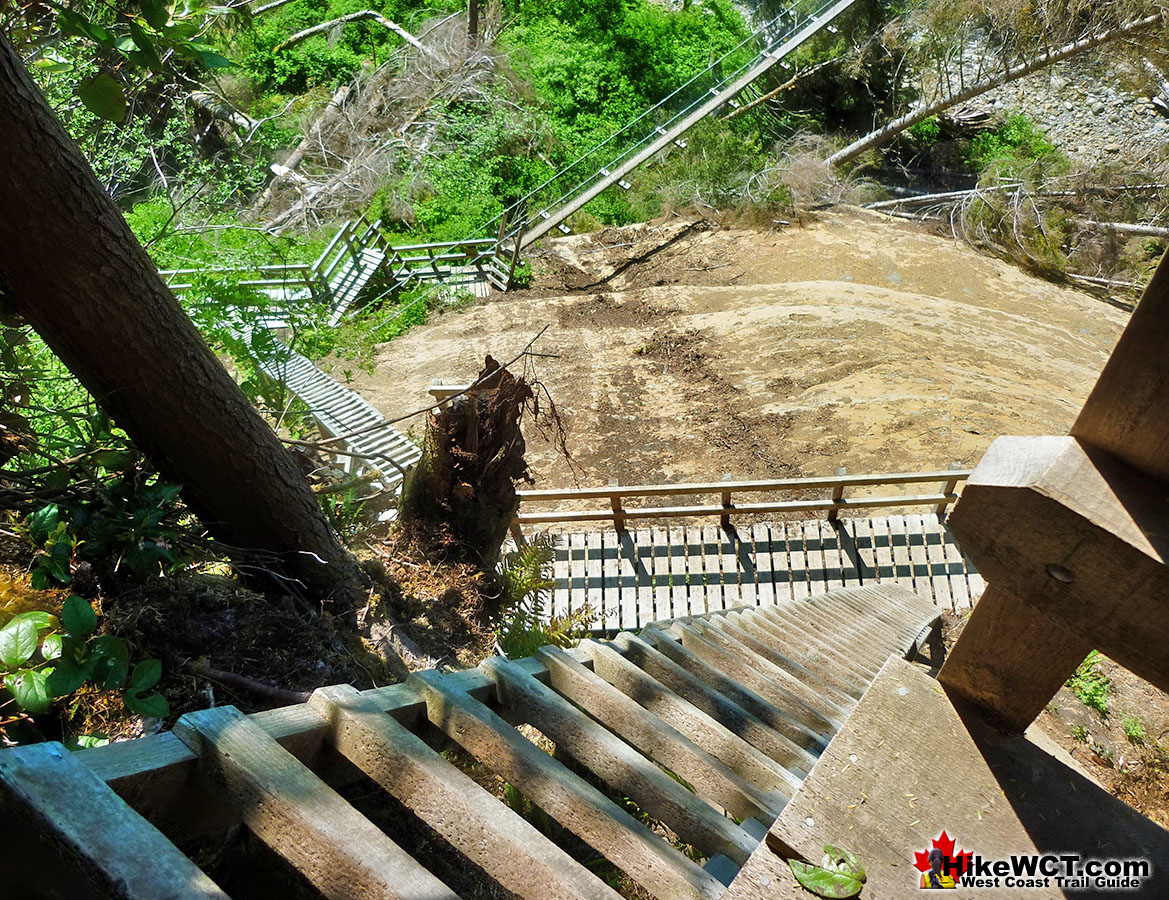
The Old Logan Creek Ladder Network
The suspension bridge that spans it is over 100 metres long(330 feet)! The astounding length of the bridge is only part of what makes it fantastic. The other is that it is very narrow. The entire length is a collection of 4x10 inch wood boards running end to end with wooden ribs underneath. Two sturdy iron cables run the length and serve as your handholds. Certainly the reason for this design is because of the long length, cost cutting or both. But the result is sensational. It is narrow, bouncy and sways. It is an exhilarating feeling crossing a long bridge with the surface under your boots is just 10 inches wide! When you finally get across to the other end you find a ladder, then another ladder, a wooden walkway to another, very long ladder, then another wooden walkway, some stairs to another wooden walkway, then one last, very long ladder. Looking back to the bridge and a hiker midway looks very small. Looking across to the other side, you can't even see the ladder through the curtain of forest. Some hikers groan about the abundance of ladders on the West Coast Trail, but most see them as a work of art and the Logan crossing is the masterpiece!
The New Logan Creek Suspension Bridge
Wonderfully Varied West Coast Trail Water Crossings
Though there are very nice bridges and cable car crossings on the West Coast Trail, there are a few creeks and rivers to hike through. This sounds quite daunting, but generally you can cross where the creek/river fans out as it meets the ocean and is quite shallow. Many are just centimetres deep, however in periods of heavy rain, a 5 centimetre river becomes a 50 centimetre torrent. Darling River is like this. You encounter it at the 14 kilometre mark on your first or last day hiking the trail. It is not unusual to walk through it and barely get wet in the evening, then the next morning after heavy rain find it waist deep! You can still get through safely, but tricky and dangerous at the best of times. Always unclip your pack, walk across facing upstream and use walking sticks to help with balance. If you are afraid to cross, you can wait for low tide or for the rain to pass.
There are plenty of other less likely dangers on the trail. Tsunamis are an ever-present danger and you will see frequent signs on the trail directing you to higher ground if one is coming. Fortunately, they are extremely rare. Drinking water is easily found all along the trail, though you should always treat, filter or boil it to ensure you don't get sick. Most of the trail you will see thousands of mussels clinging to the rocks. Unfortunately, you should never eat them on the trail due to the possibility of Paralytic Shellfish poisoning which can kill you.
Bears on the West Coast Trail
At least once on the trail you will likely encounter a bear. They come down to the beaches frequently to forage for food. You will likely spot bears quite easily and be able to keep your distance. Bears tend to avoid humans as much as possible, so staying safe from them is easy. Be careful with food you bring as if you don't keep your food well away from your tent in one of the campsite food boxes, you may attract a bear to your tent. Fortunately food boxes are numerous and convenient to use on the West Coast Trail. Wolves and cougars also live in the vast wilderness around the West Coast Trail, however you are not likely to see a wolf and seeing a cougar is extremely rare. As with bears they will avoid hikers unless enticed by improperly stored food at your campsite.
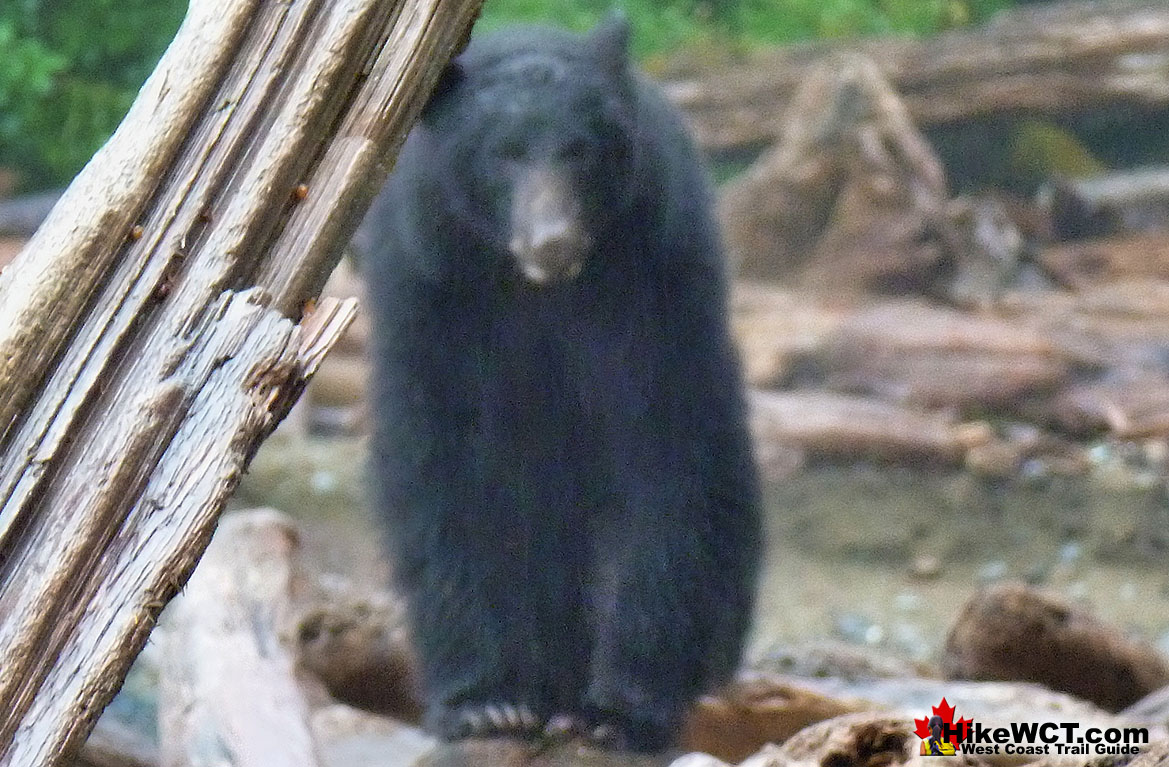
Next: When to Hike & Fees
West Coast Trail Guide
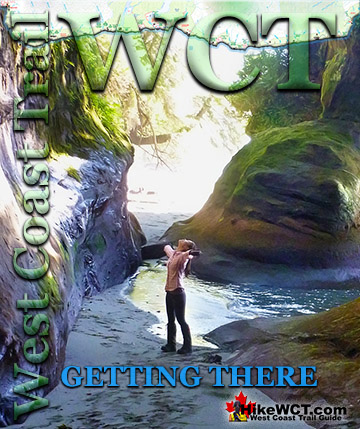
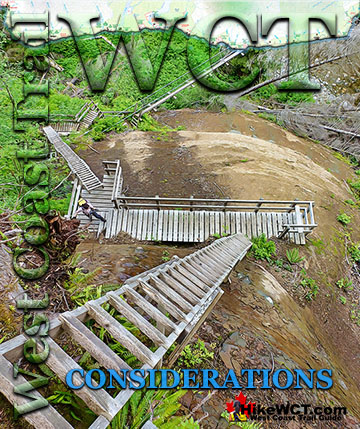
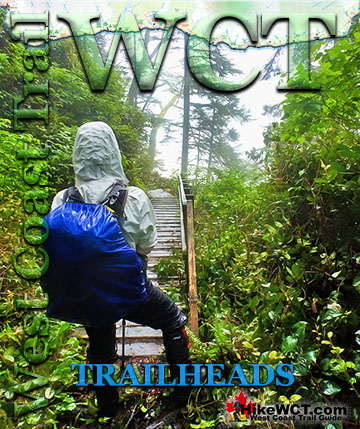
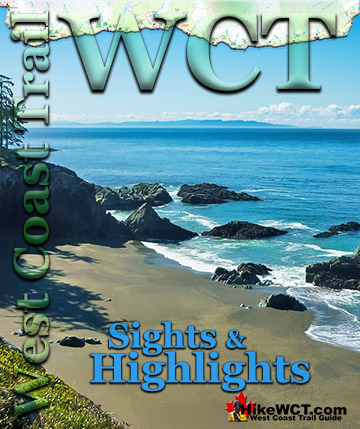
Explore BC Hiking Destinations!
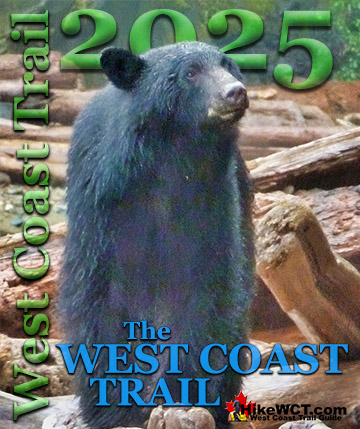
The West Coast Trail
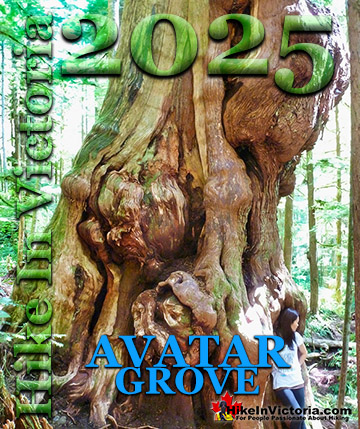
Victoria Hiking Trails
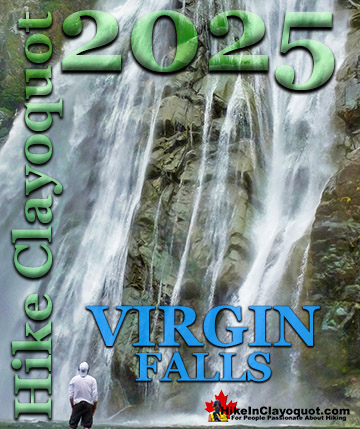
Clayoquot Hiking Trails

Whistler Hiking Trails
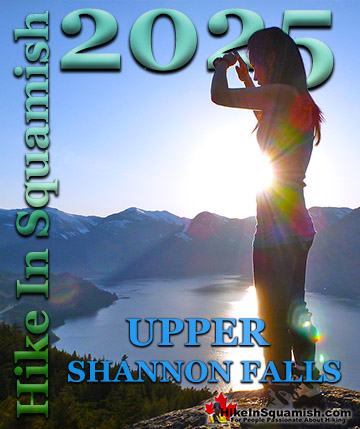
Squamish Hiking Trails

Vancouver Hiking Trails

